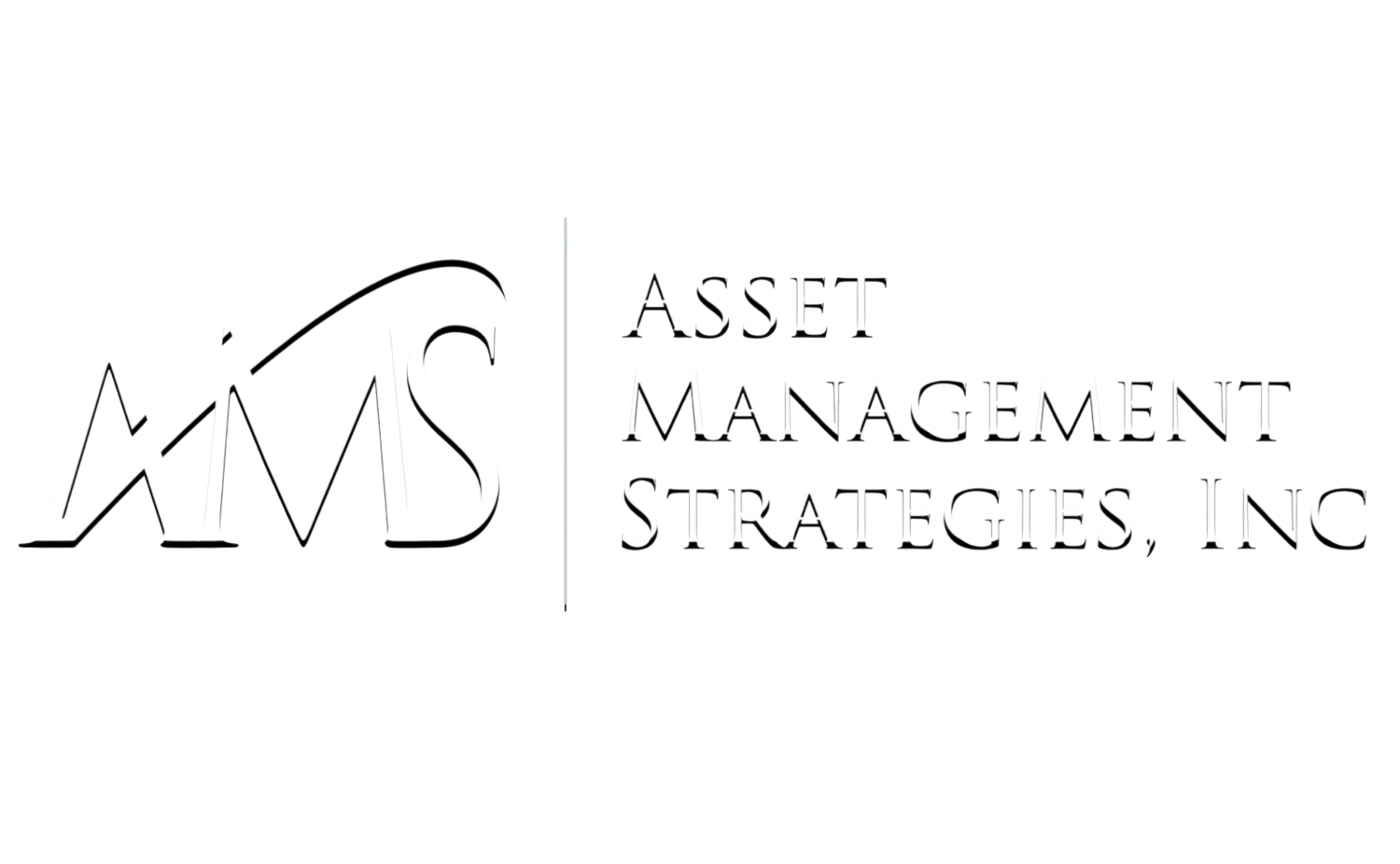Market Volatility: 10 Best Days vs 10 Worst Days
An interesting thing in our industry, years ago the mutual funds family used to bring out this report where they would show you that the 10 best days of the year were the contributing factor to what your returns would be. Over the last 85 years the S&P 500 in this country has averaged around 10 ½% but this study would show you that if you missed the 10 best trading days each year, that return went to zero. The average return if you missed the 10 best days each year was 0% on average per year. Well that's interesting but if you think about how the market works, it doesn't necessarily have an equal balance to the good days and the bad days. The market kind of goes up unceremoniously without fanfare, without headlines, it goes up a little bit, it goes up a little bit, it goes up a little bit, and then boom we get a bad headline and it drops pretty dramatically. The market doesn't generally buy emotionally. It doesn't panic buy. The market panic sells. So what happens is the market tends to go up and then it tends to drop. And when you see these big days that we have multiple hundred point drops in the market you may look back and say, wow, we've only given up what we earned in the last two or three weeks. But it sure doesn't seem that way. So if you look at the flip side of that coin and you understand that the market goes up slowly and it drops quickly, what would the flip side of that coin be if we said we're not looking at the 10 best days each year, we're looking at the 10 worst days each year. Well, if you eliminate the 10 worst days each year than your average annual return goes up to about 30% per year for the last 85 years. So, it's almost more important to miss those worst 10 days than it is to participate in the 10 best. The other interesting thing in this study was that the correlation between the 10 best days and the 10 worst. What happens a lot of the time is that after you have a big drop in the market, the market might sell off 200 points and the next day it comes back 150, you're still not back to where you were two days ago. But at the end of the day when it adds up every individual day throughout the year you'll see that 150 point increase day and say that's one of the 10 best days of the year. So, what happens is it gets blended together with the correlation between the 10 worst and the 10 best. Interesting follow up on the study, if you avoid both the 10 best and the 10 worst, the average annual return on the stock market in this country for the last 85 years is about 20% per year. Now I'm not saying that we're going to be able to provide you with 20% returns per year, certainly not. What I'm saying is, it's a very important distinction that there are times that you want to be in the market but there are times that you want to be out of the market.





